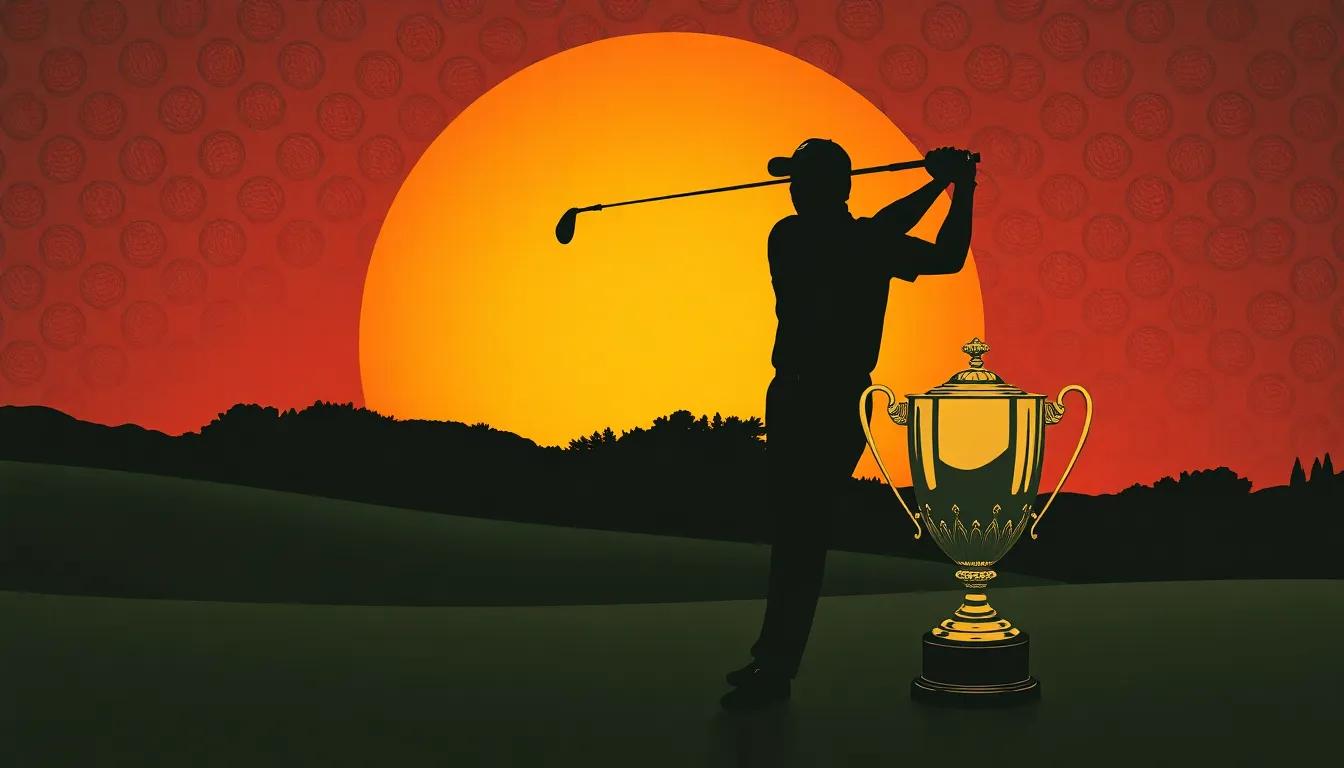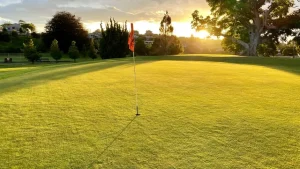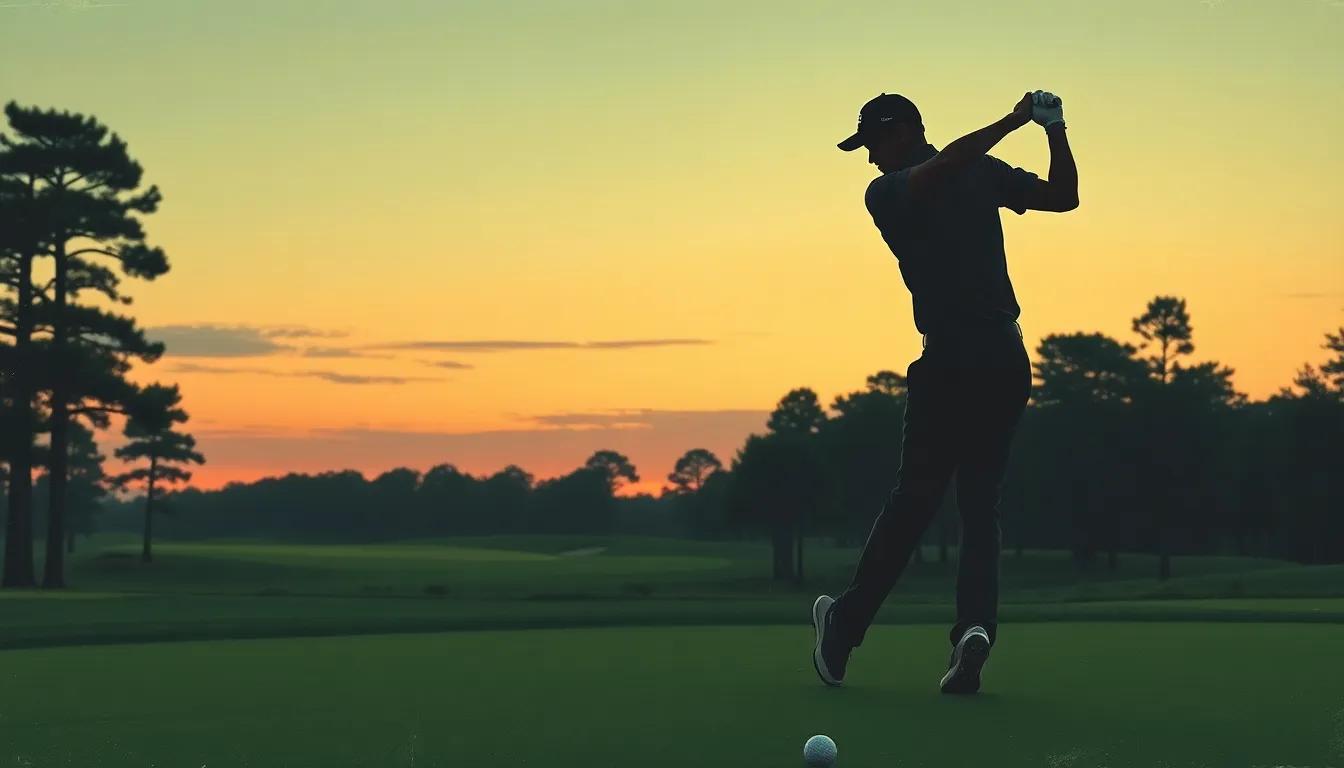Golf’s pace of play problem isn’t new – it’s been dragging on since before color TV. Back in 1950, USGA executive director Joe Dey was already fed up. He fired off a memo to U.S. Open players at Merion, pointing out that rounds were taking over 4 hours.
“The time has come when we simply must act if the game is not to be seriously injured,” Dey wrote. “The thing is getting completely out of hand.”
Sound familiar? Fast forward to last weekend at Torrey Pines. CBS Sports analyst Dottie Pepper got a text from colleague Frank Nobilo during the broadcast. The final group was approaching the turn – nearly three hours into their round.
That’s when Pepper delivered a 12-second message that’s got the golf world talking:
“You know, Frank, I think we’re starting to need a new word to talk about this pace-of-play issue, and it’s respect — for your fellow competitors, for the fans, for broadcasts, for all of it. It’s just got to get better.”
She’s right – it hasn’t gotten better. The final round at Torrey took 5 hours and 29 minutes. That was actually an improvement from the previous week’s tournament.
Pepper’s not just speaking as a broadcaster. She’s a former LPGA star with 17 wins and two majors, plus three years on the PGA of America board. The game runs deep in her veins.
“It’s been gnawing at me and a lot of people for a while,” Pepper said while walking her dog at Pebble Beach the next day. “This isn’t just about the pros – it’s affecting club play, junior golf, amateur golf, collegiate golf.”
The PGA Tour has policies in place. Players get 40 seconds for most shots, with an extra 10 seconds if they’re first to hit. But enforcement’s been spotty at best.
The game’s evolved since Dey’s day. Greens are faster, courses are longer, and there’s way more money at stake. But some things haven’t changed – like Judy Rankin’s simple suggestion that if everyone just made sure no one was waiting on them, pace would fix itself.
There’s hope on the horizon. The new TGL indoor league uses a shot clock – Tiger Woods even got dinged for slow play in Monday’s debut. The PGA Tour’s forming a player working group to study the issue, and shot clocks might be on the table.
“I love the game too much,” Pepper said. “Let’s take advantage of the heat we have. People are more engaged than they’ve been in a long time. We have TGL. We have influencers. Golf has a little bigger profile than it did before. Let’s not mess it up.”
Key Stats on Slow Play
• Final round at Torrey Pines: 5 hours, 29 minutes
• First group at 1950 U.S. Open: 3 hours, 27 minutes
• Last group at 1950 U.S. Open: 4 hours, 16 minutes
• Current PGA Tour shot clock: 40 seconds (50 if first to play)





